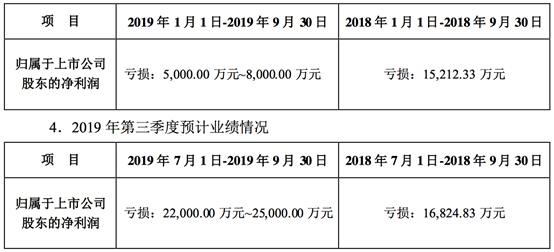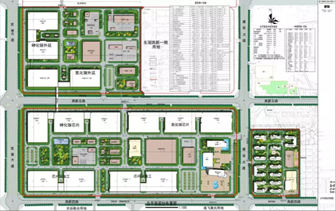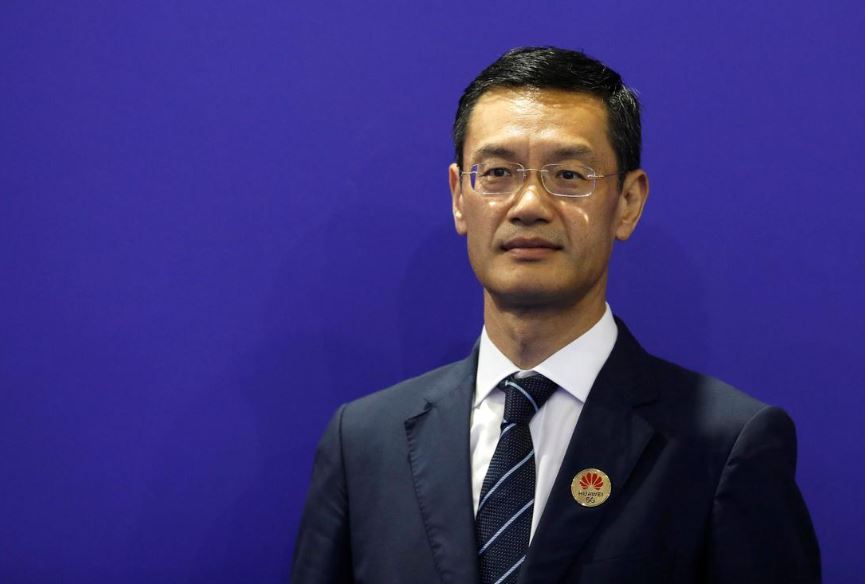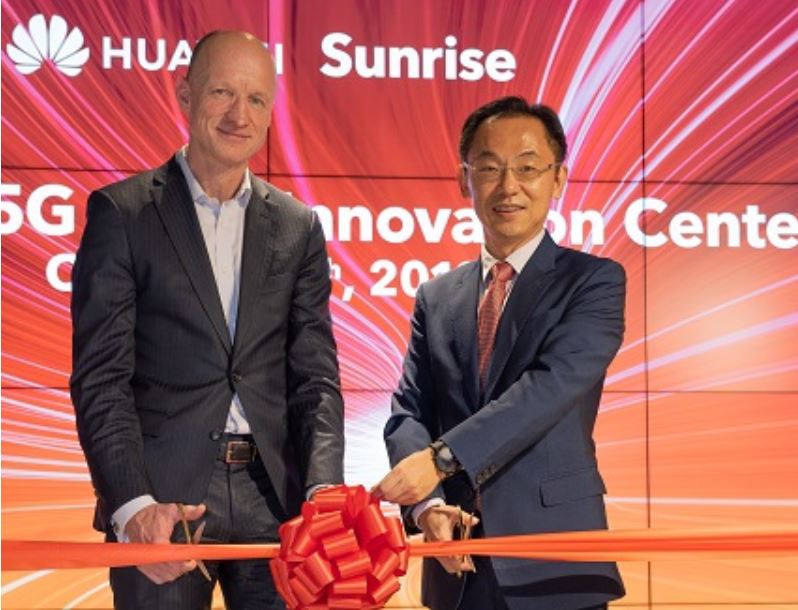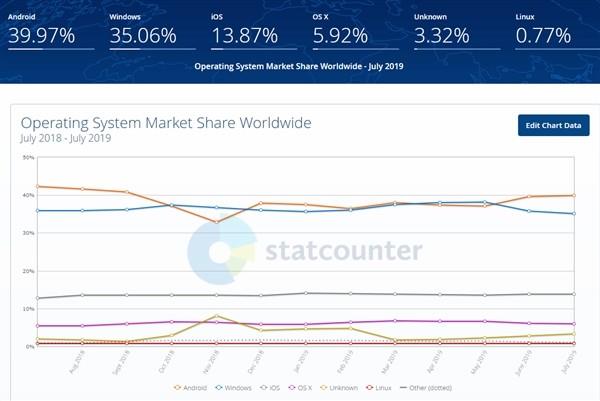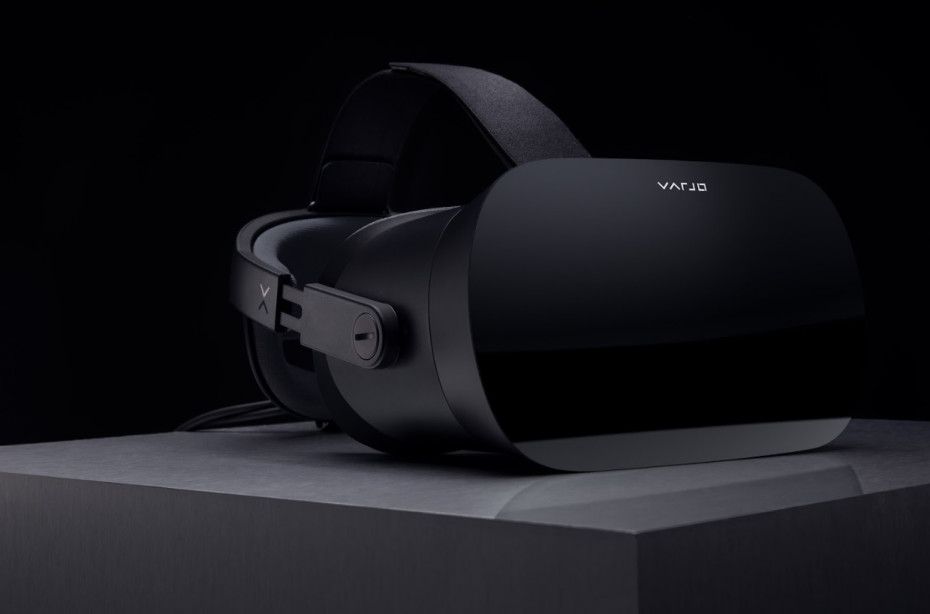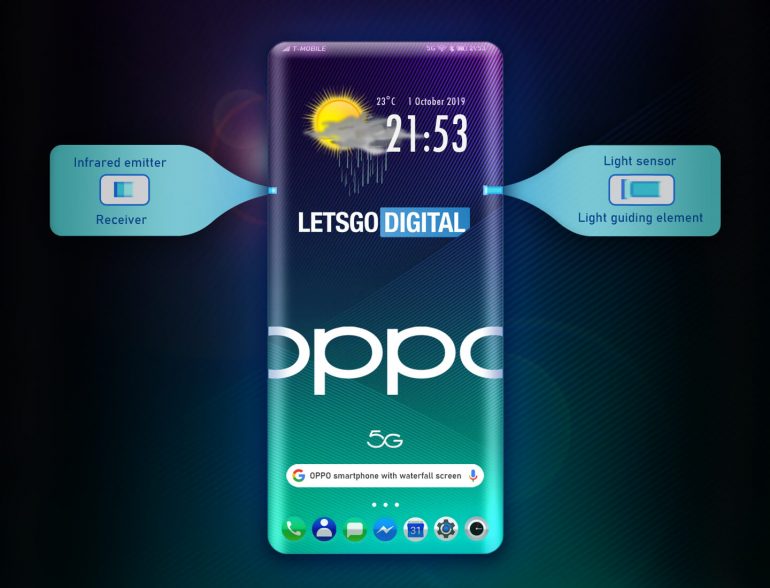
10-15: Qualcomm has announced that the Snapdragon X55 5G Modem-RF System has been selected by 30+ global OEMS; Visionox and force-sensing solutions company Peratech have signed an MOU; etc.
Chipsets
Samsung Electronics’ foundry division appears to be preparing to produce RISC-V-based core chips in a joint effort with SemiFive, marking the first time for the department to apply a non-ARM core IP to its procedures. SemiFive head Cho Myung-hyun said that the firm is developing chip designing solution based on Samsung’s 14nm LPP technology-based design solutions. (CN Beta, The Elec)
Qualcomm Snapdragon 7250 will allegedly cost USD60~70 while MediaTek MT6885 is said to be priced USD40~50. Both chipsets will be dual-mode 5G chips and are already being tested by OPPO, vivo, and Xiaomi (Redmi). (Gizmo China)
Qualcomm Technologies in collaboration with the Indian Space Research Organization (ISRO) on Monday announced support for India’s Regional Navigation Satellite System (IRNSS), Navigation with Indian Constellation (NavIC), in select chipset platforms across the Company’s upcoming portfolio. (CN Beta, India Times)
Qualcomm has announced that the Snapdragon X55 5G Modem-RF System has been selected by 30+ global original equipment manufacturers (OEMs) for commercial 5G fixed wireless access (FWA) customer-premises equipment (CPE) device launches starting in 2020. (GizChina, My Drivers, Qualcomm)
As vehicles are getting ‘smarter’ and gaining autopilot capabilities, it is easy to predict that the demand for higher-performing and more complex automotive SoCs will be growing rapidly in the coming years. Samsung and TSMC are working on new nodes and IP aimed precisely at automobiles. Samsung has two manufacturing processes that are defined as 8nm: 8LPP and 8LPU, which are evolved from the company’s 10nm node. TSMC’s most advanced automotive-grade process technology today is 16FFC. TSMC has been developing an automotive-grade version of its N7 (1st Generation 7 nm) technology for quite a while, and expects it to be qualified by 2020. (CN Beta, My Drivers, AnandTech)
Touch Display
In the first 3 quarters of 2019, Visionox’s net profit attributable to shareholders of listed companies was a loss of CNY50M~80M. The net profit attributable to shareholders of listed companies in 3Q19 was a loss of CNY220M~250M. In terms of production line, in order to meet the needs of brand customers, Kunshan’s Gen-5.5 AMOLED production line is upgraded in 1Q19, and the production capacity is not fully utilized, which has a certain impact on sales revenue; Gu’an Gen-6 flexible AMOLED production line has begun supply in small volume, in the process of increasing yield and ramping capacity, due to insufficient capacity release. (Laoyaoba, Hexun)
Visionox and force-sensing solutions company Peratech have signed an MOU agreement and have started working on different integrations of Peratech’s tactile-sensing solutions into Visionox’s AMOLED displays to meet user needs for display-based interactive interfaces. (Elecfans, PEW)
Sanan Optoelectronics mini / micro LED project is signed on 24 Apr 2019, and held a construction ceremony on 29 Jul 2019. The project costs CNY12B investment with 756 acres land, strive to complete the project construction and commissioning within 36 months after the completion of all formalities, and production within 48 months. (Laoyaoba, East Day, Micro-LED)
OPPO’s latest patent suggests a display with curved at all edges. The patents outline a light sensor and another infrared light sensor, which could function from below the display. This would eliminate the need for a bezel to house the sensors, one for adjusting display brightness to the ambient light while the other turns the display off in a call, respectively. This technology could work with either a Micro LED or OLED display. (GSM Arena, LetsGoDigital)
Camera
Smartphone lens module maker Largan Precision, due to tight production capacity amid strong demand, will give priority to orders for high-price, high-end products in 2020, according to company CEO Lin En-ping. Largan has seen growing orders for 7P (seven plastic lens pieces) lens modules and is developing 8P models, and Largan has developed under-display fingerprint-recognition lens modules which are being validated by smartphone vendors, Lin noted. (Digitimes, press, Digitimes, China Times)
Biometrics
In 2019, General Interface Solution (GIS) plans to increase the production capacity of the 4th-Gen ultrasonic fingerprinting technology to 5M pieces, and has received orders for Xiaomi phones. The latter will apply the 4th-Gen ultrasonic fingerprint on phones launched in late 2019 and early 2020, which is likely Mix 4. Qualcomm’s 4th-gen ultrasonic fingerprint recognition technology has been raised from the current third generation of 4×9mm to 8×8 mm. (My Drivers, Sohu)
Connectivity
Reliance Jio has unveiled AI-powered Video Call Assistant service that will allow businesses to automate their customer support and other communications. The service, built in collaboration with Radisys, a U.S.-based subsidiary of Reliance Industries, can be accessed via a 4G phone call and does not require installation of any additional app, Jio said. (TechCrunch, NDTV, First Post)
Germany’s new rules covering the build-out of 5G in that country do not ban the use of Huawei’s equipment in these networks. German government spokesman Steffen Seibert has indicated that they are not taking a pre-emptive decision to ban any actor, or any company. (Phone Arena, Reuters, DW, CN Beta)
Huawei Technologies is ready to enter into a “no backdoor” agreement with India to allay security concerns, according to Huawei India CEO Jay Chen, as India prepares to launch next generation 5G networks. India will hold an airwaves auction for 5G services before Mar 2019, according to the country’s Telecoms Minister Ravi Shankar Prasad. (CN Beta, Reuters)
Huawei and Switzerland operator Sunrise have recently set a new 5G download speeds of 3.67 Gbps in Zurich, Switzerland. Now, Huawei and Sunrise have extended their partnership and will open a 5G research center in Switzerland – The “5G Joint Innovation Center”. (GizChina, My Drivers, Huawei, Telecoms)
Phone
According to Counterpoint, the market share of Huawei’s HarmonyOS will reach 2% globally in 2020, making it the world’s fifth largest operating system surpassing Linux. Counterpoint further points that the share of Harmony OS in China will reach 0.1% by the end of 2019 and 5% by the end of 2020. (My Drivers, Gizmo China)
OPPO Realme X2 Pro is announced – 6.5” 1080×2400 FHD+ 90Hz Super AMOLED, Qualcomm Snapdragon 855+, rear quad 64MP-13MP telephoto-8MP ultrawide-2MP depth + front 16MP, 6+64 / 8+128 / 12+256GB, Android 9.0, under display fingerprint, 4000mAh 50W, CNY2,699 (USD380) / CNY2,899 (USD410) / CNY3,299 (USD465). (GSM Arena, CN Beta, News18)
OPPO A11 is launched in China – 6.5” 720×1600 HD+ IPS, Qualcomm Snapdragon 665, rear quad 12MP-8MP ultrawide-2MP mono-2MP depth + front 8MP, 4+128GB, Android 9.0, rear fingerprint scanner, 5000mAh, CNY1,499 (USD212). (Gizmo China, Sohu, Mobile Indian, 91Mobiles)
Virtual / Augmented Reality
Varjo Technologies has announced two industrial-grade virtual reality / mixed reality headsets for enterprise VR applications—VR-2 and VR-2 Pro. These two new products are part of Varjo’s “Resolution Revolution,” a product line committed to delivering human eye-resolution (over 60PPD) and fidelity to the most demanding sectors of the professional market. The VR-2 and the VR-2 Pro are available at USD4,995 and USD5,995 respectively, sold together with Varjo’s software and support services starting at another USD795. (VentureBeat, Upload VR, Varjo, Display Daily)
Automotive
Uber has laid off about 350 employees across several teams within the organization, including Uber Eats. Uber CEO Dara Khosrowshahi announced the layoffs in a company-wide email. (CN Beta, TechCrunch, CNBC)


